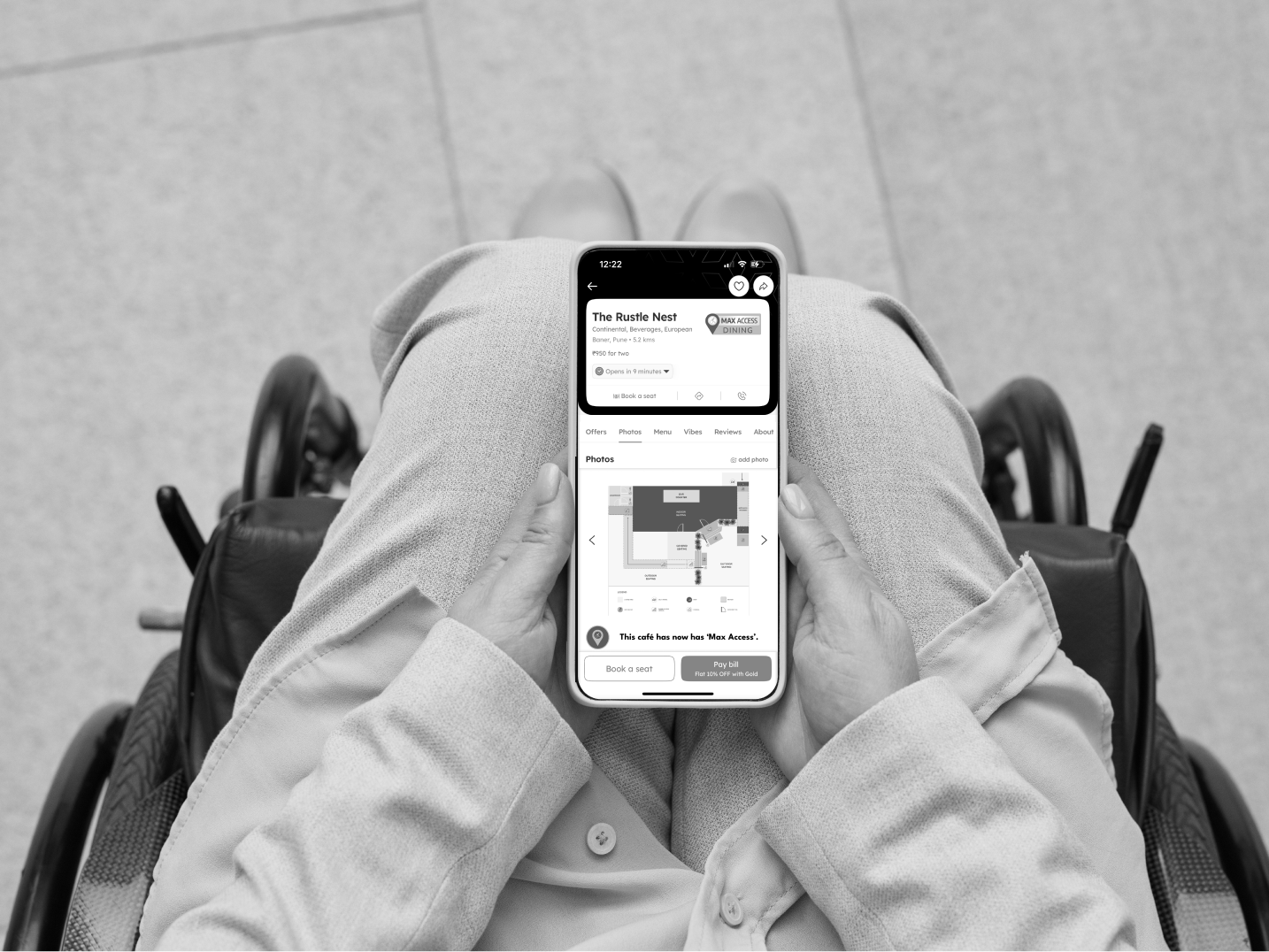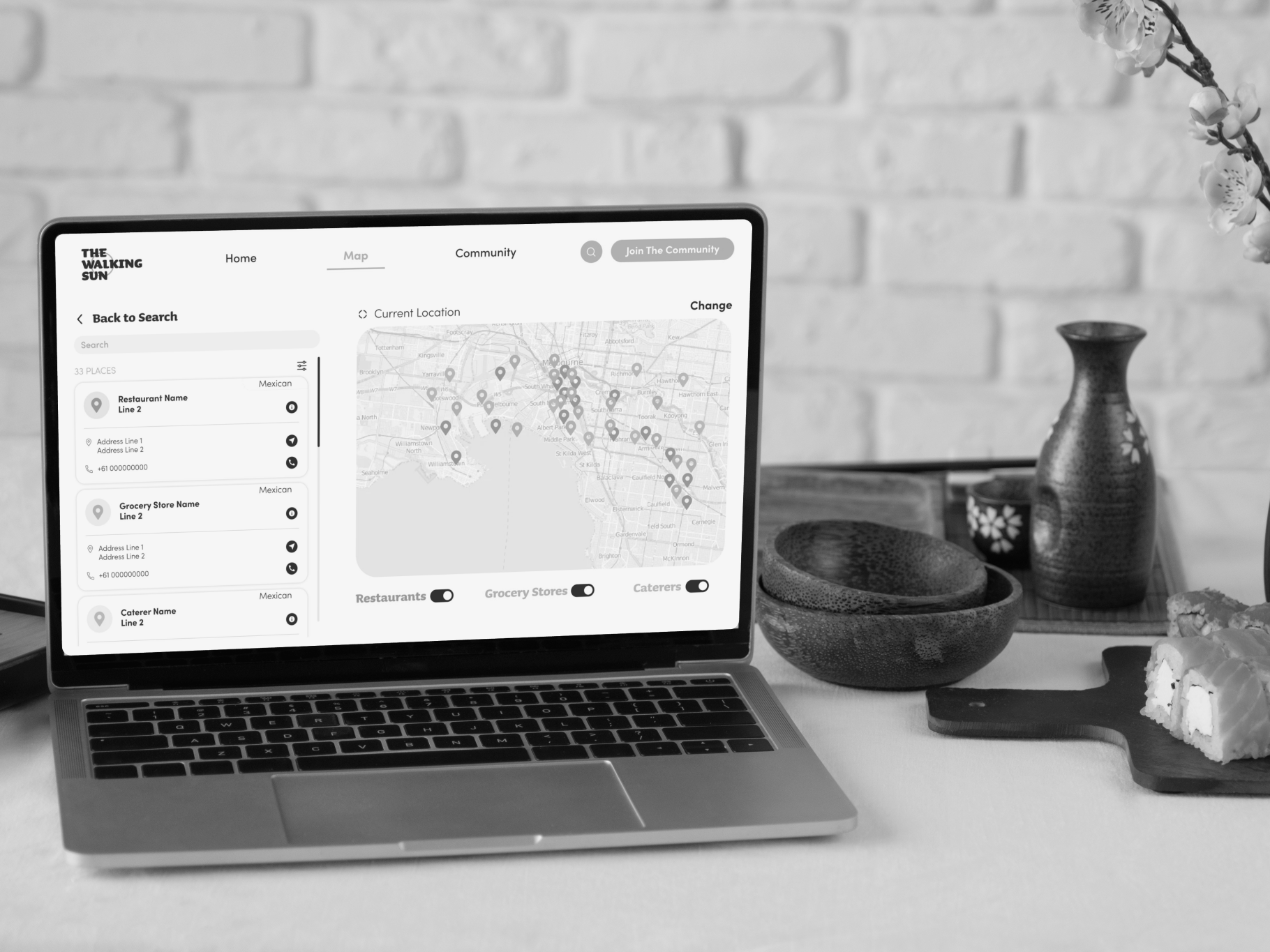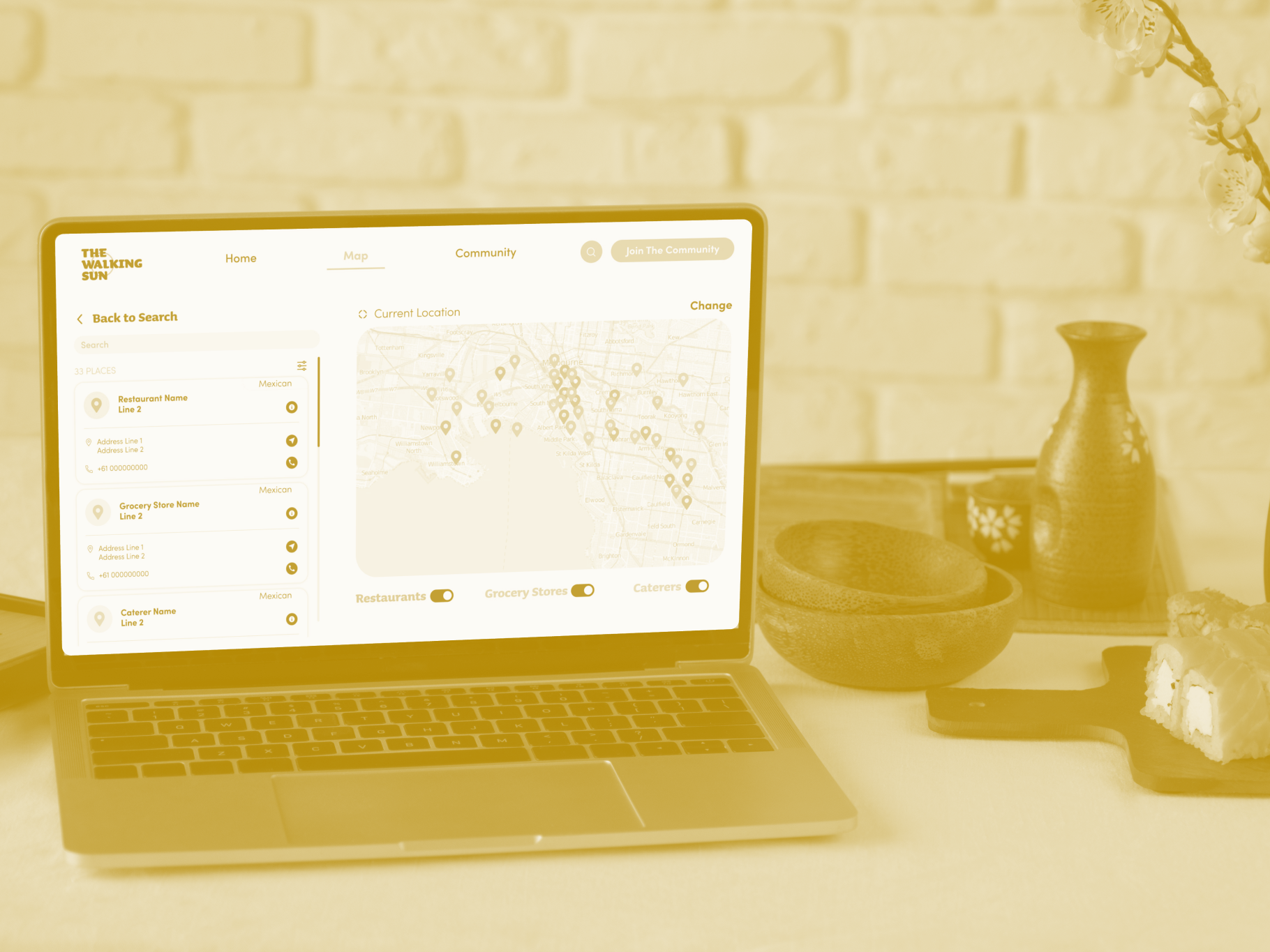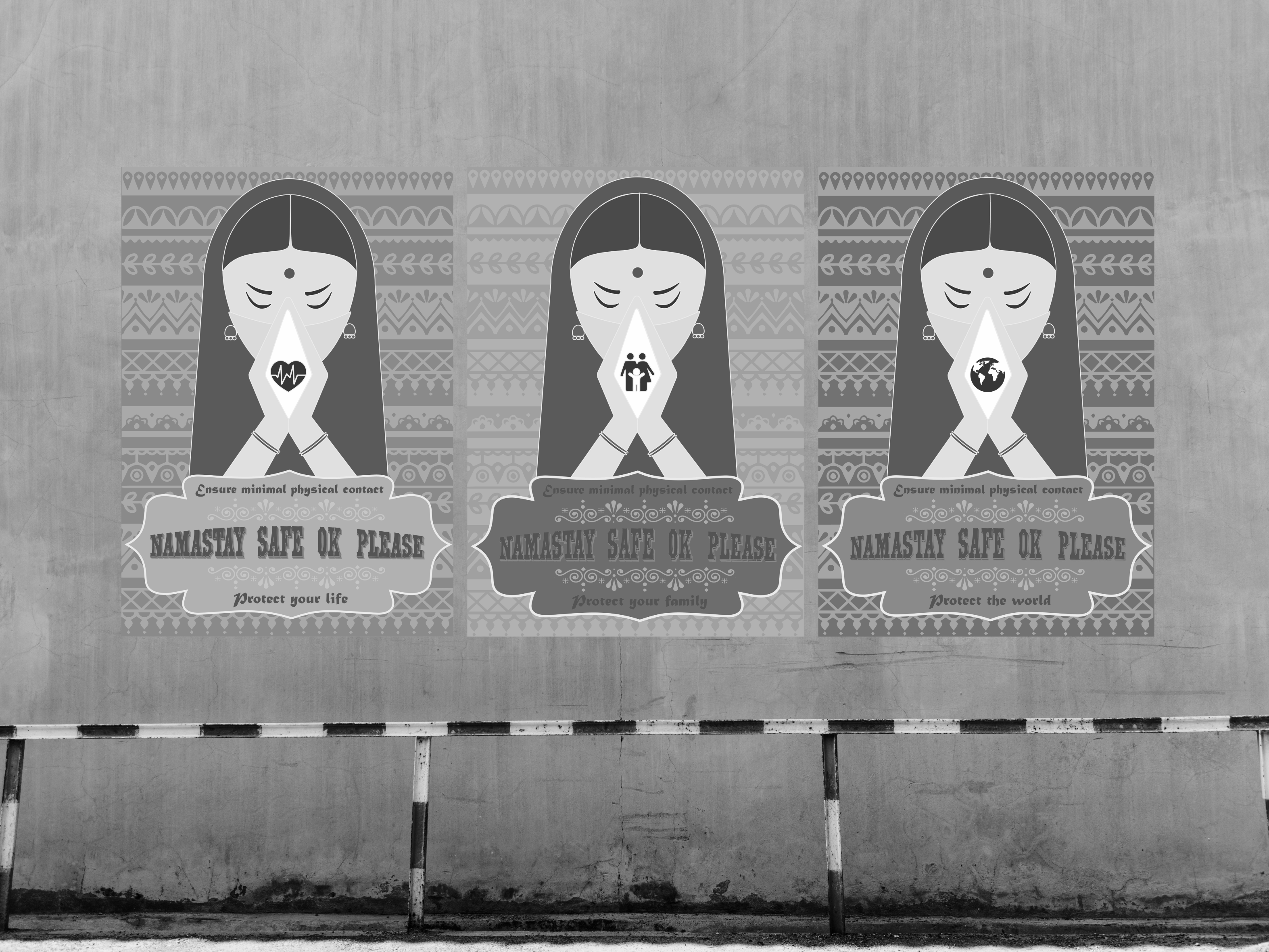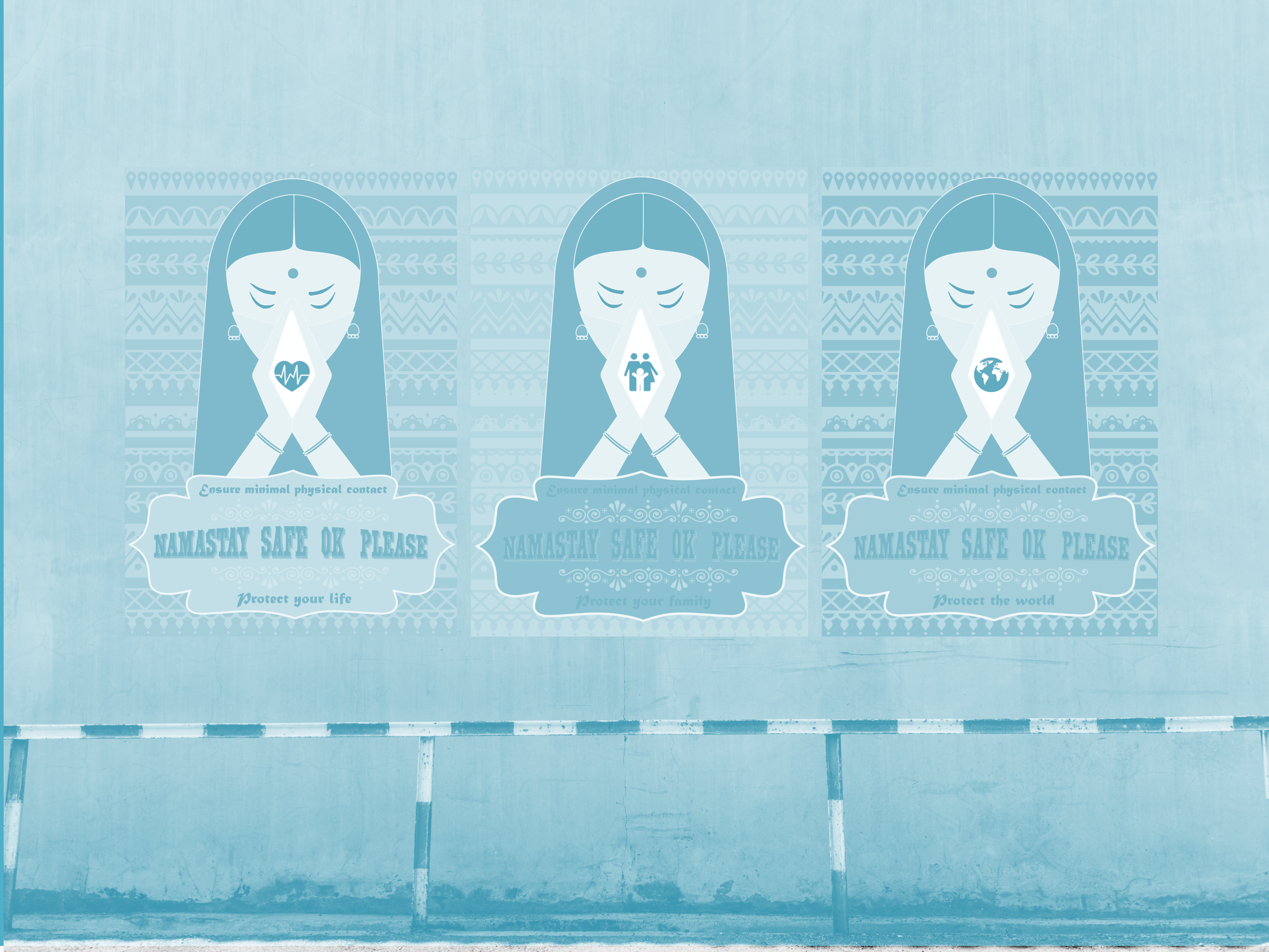GANDER:
AUSTRALIAN
LAUNCH
PROJECT APPROACH
USER INTERFACE AND EXPERIENCE DESIGN
LOCATION
MELBOURNE, AUSTRALIA
YEAR
2023
KEY CONTRIBUTION
MARKET RESEARCH AND ANALYSIS
IDEATION USING BRAINWRITING
USABILITY TESTING
HIGH FIDELITY PROTOYPING
ABOUT GANDER
Gander, launched in 2019 in the UK, is a food waste management solution integrated into retailers' POS system that offers consumers near expiry products at discounted prices. The app connects retailers and consumers, providing real time updates on stock inventory. This ultimately results in increased sales for retailers, reduction of waste going to landfills, and economic benefits for consumers.
DESIGN: CURRENT STATE
ORIGINAL INTERFACE
The current app interface features watchlists for tracking the price and availability of particular items or stock of particular stores. Users can search products based on filters including location, type of products, and dietary preferences.
DESIGN BRIEF
As Gander prepares its launch in Australia, we were approached to conduct market research and create interface designs that cater to the needs of the Australian market, starting with Melbourne. As the city is home to a multitude of international students, the primary factors at play were time and money constraints that interfered with healthy eating habits. Recommendations were made based on market research, and the design was refined through user testing of low and high fidelity prototypes.
RESEARCH SYNTHESIS
STAKEHOLDER EVALUATION
Australia's FMCG market is dominated by three major players- Woolworths, Coles and Aldi accounting for 67% of total food and beverage expenditure of Australian households. For Gander to integrate and be adopted by the target groups, it needs to integrate with the workings of these major players. In addition, several laws govern FMCG entities to ensure optimum quality of products through health standards, which would also apply to Gander upon entering the market.
RESEARCH SYNTHESIS
The map is consolidated to encapsulate the most commonly found traits among 18 interviewees. Considering most interviewees were students, there was a common theme of price consciousness. Health consciousness was also a prominent factor owing to current health and market trends, but primary research highlighted higher prices for healthier products. As for digital behaviour, Covid-19 increased the use of digital means to shop for FMCG goods, yet some interviewees prefer browsing in store and assessing products in person. There is a strong need for reliable and sufficient information for buyers and consumers to make informed decisions.
RESEARCH SYNTHESIS
USER PERSONA
Jesslyn, a university student and part-time employee tries to strike a balance between her health and her finances buy purchasing mid-priced quality products. She sets a budget for her expenses and tries to buy only what she needs. While she actively looks for discounted products, she tends to be apprehensive about the quality of discounted raw food items. She tries to use up products and ingredients from her pantry to avoid waste and ensures that she finishes all her meals. Time and money govern how she plans her shopping trips and what she purchases, all while aiming to maintain a healthy lifestyle and eating habits. She requires ease of search to save time and succinct information to make quick, yet informed decisions.
DESIGN: DESIRED STATE
CONCEPTUALISATION AND USER TESTING
16 design solutions were ideated through the method of brainwriting, and 2 were further developed based on an impact-effort analysis matrix. As opportunities lied within the areas of budget, health and need for convenience (time efficiency), the following recommendations were made to cater to these user needs. Low, medium and high fidelity prototypes were developed and tested in order to achieve the most effective solution that draws more users to contribute to Gander's cause.
DESIGN: DESIRED STATE
RECOMMENDATION 1: BUDGET AND SAVINGS TRACKER
Users, especially price conscious users, can set a weekly or monthly budget that allows them to track their expenses. They can mark their watchlist items as 'purchased' after which the app automatically updates the expense calculation. The app also calculates the total savings in a week or month, which further incentivises customers to purchase marked down items and ultimately reduce food waste at the retail level.
DESIGN: DESIRED STATE
RECOMMENDATION 2: REFINED SEARCH FEATURES
Users can search products based on price which can help them in quick decision making rather than scouring store aisles to look for the most suitable product. Additionally, more health conscious users can filter products based on minimum health star ratings that allow them effortlessly find healthier ingredients and meals.

